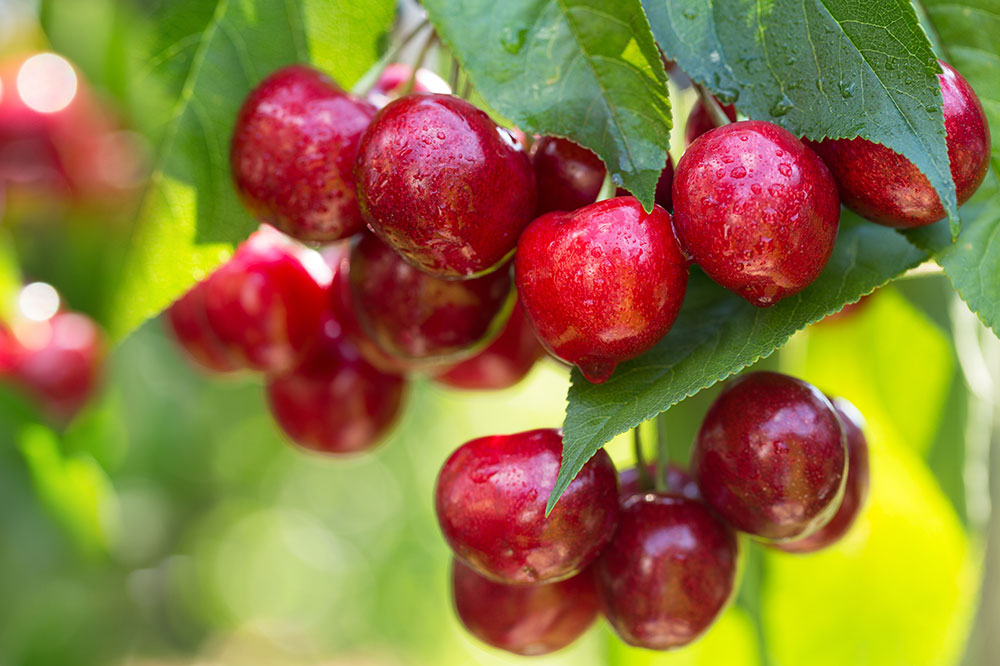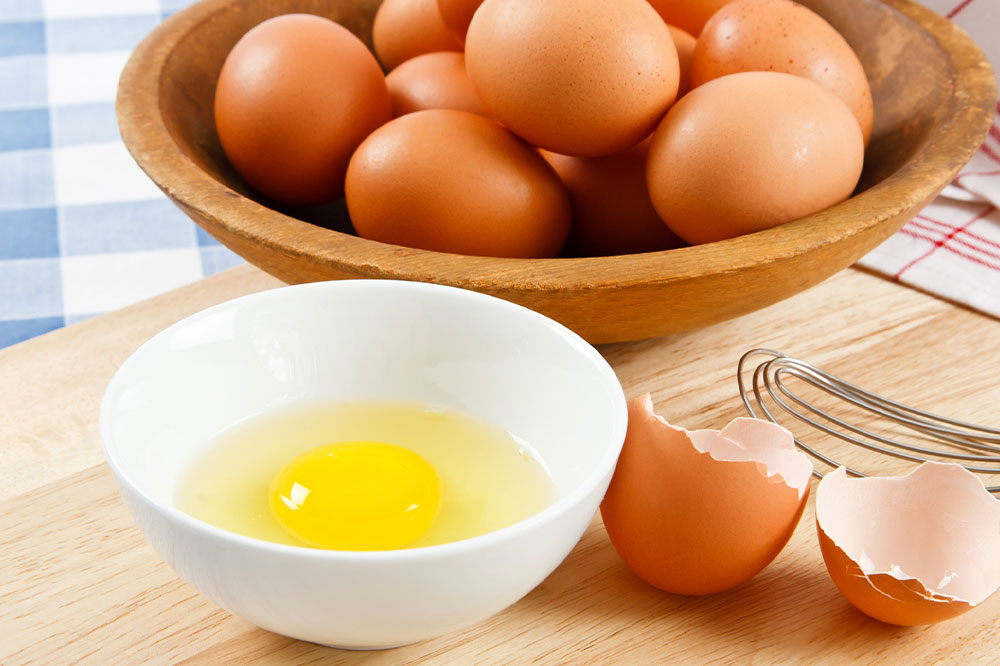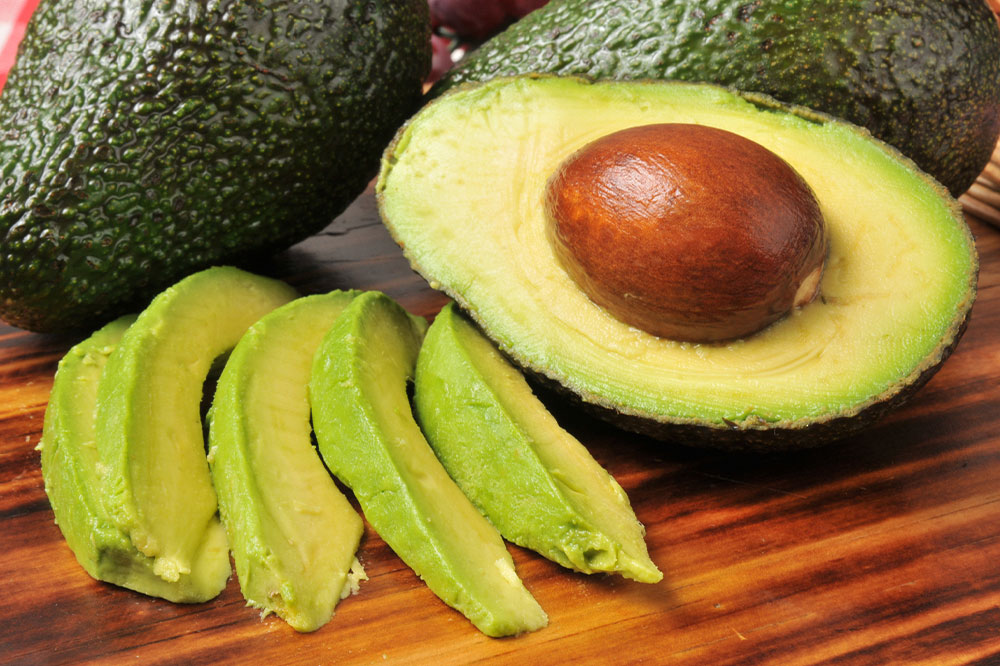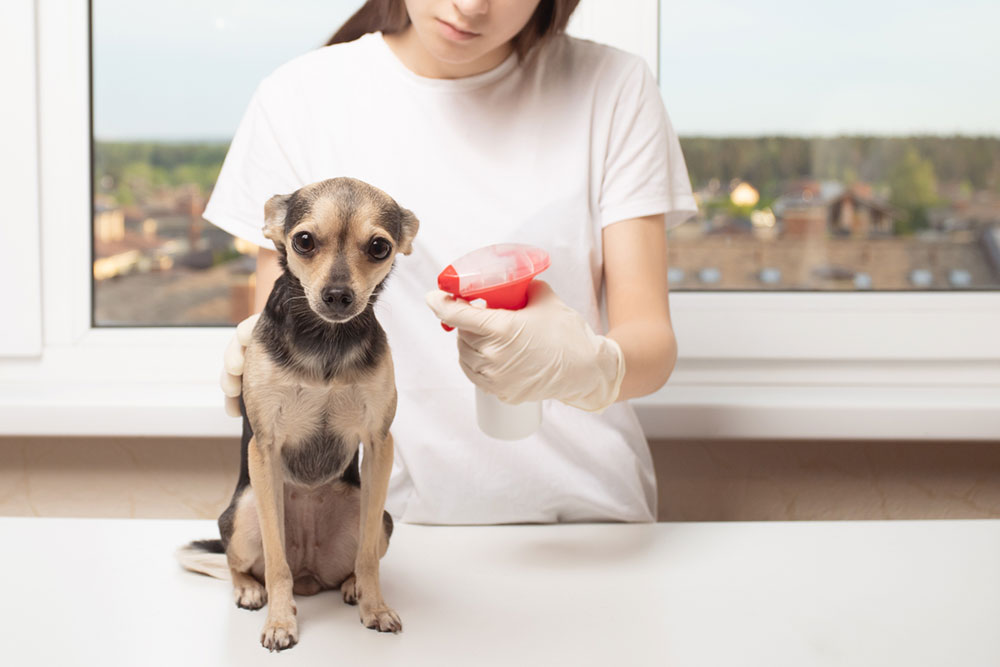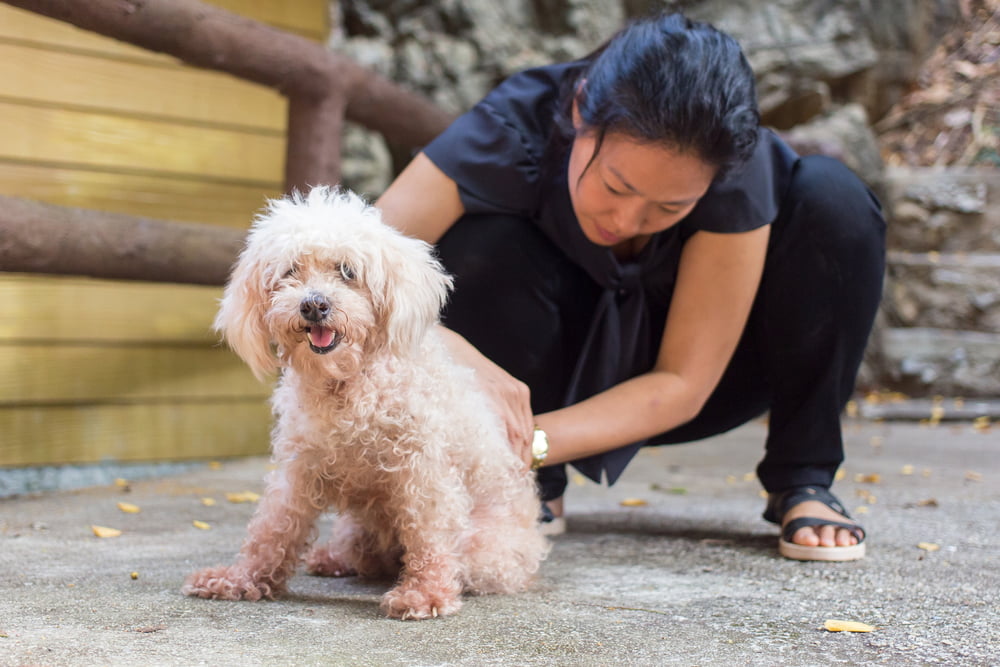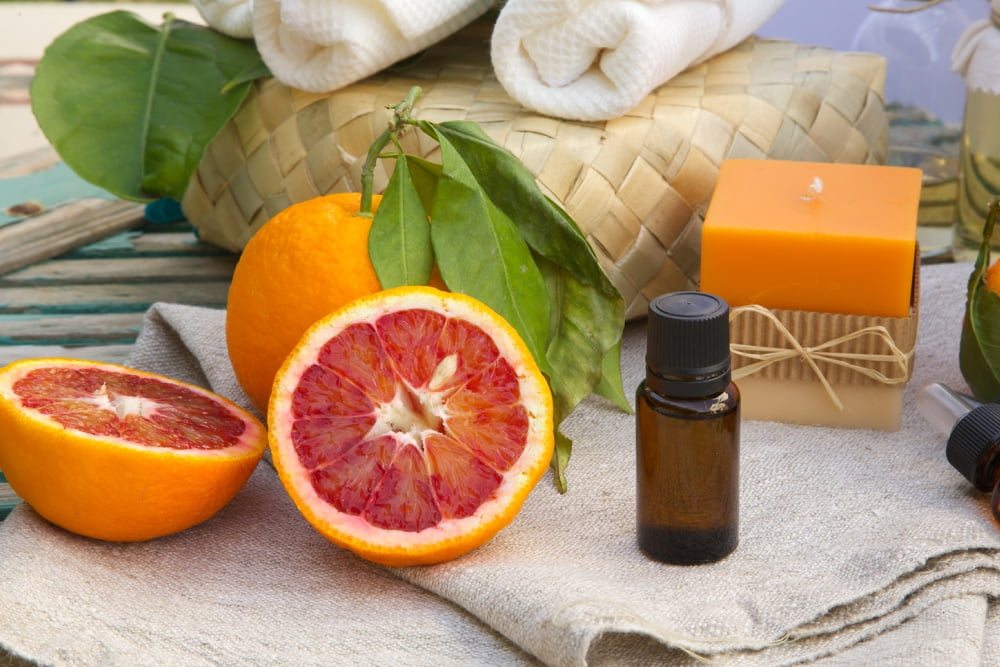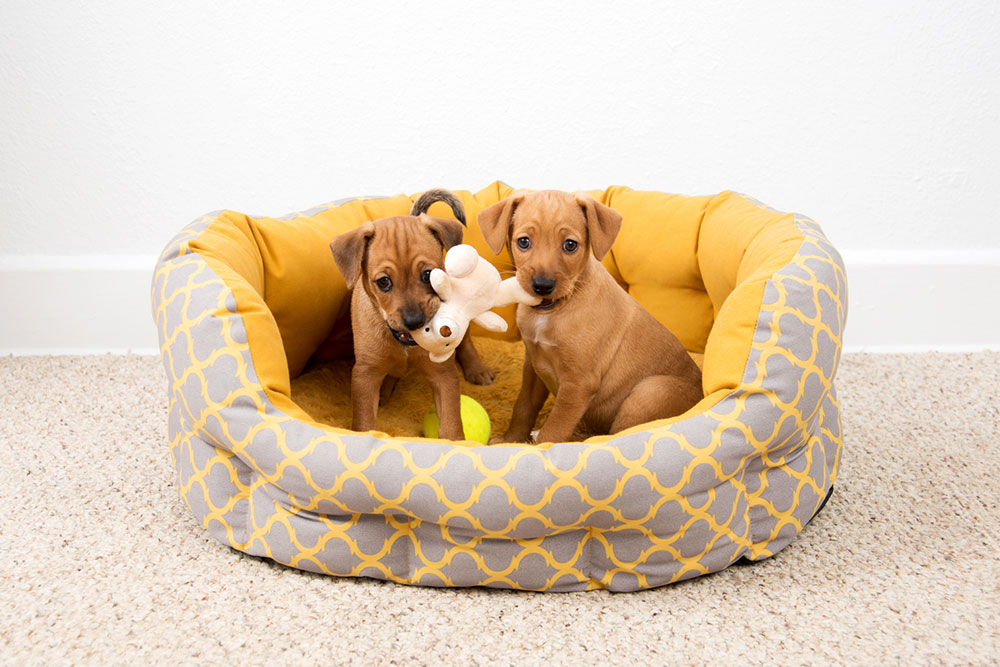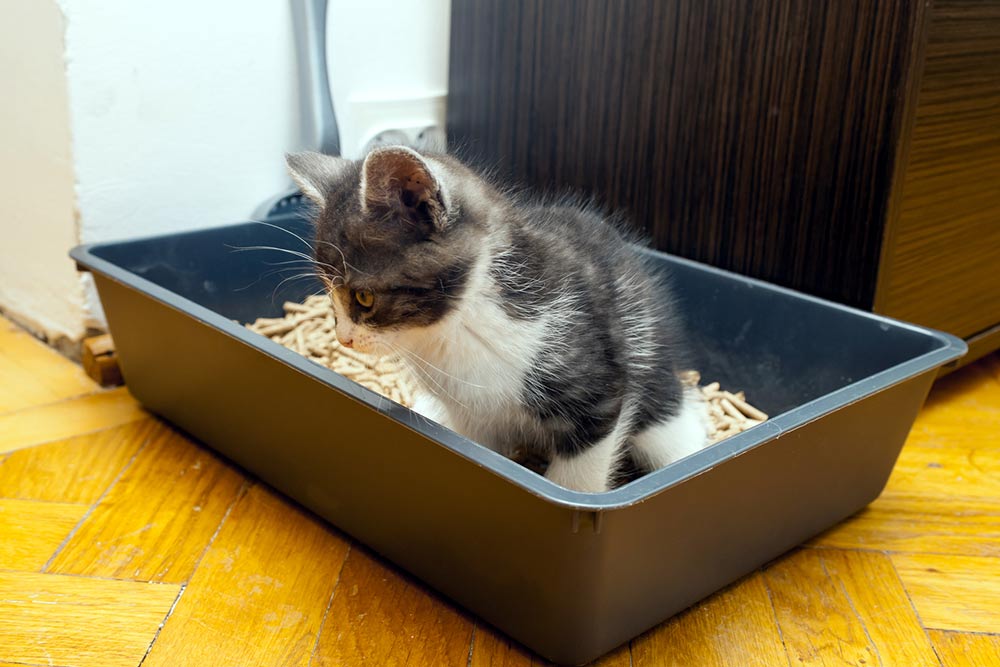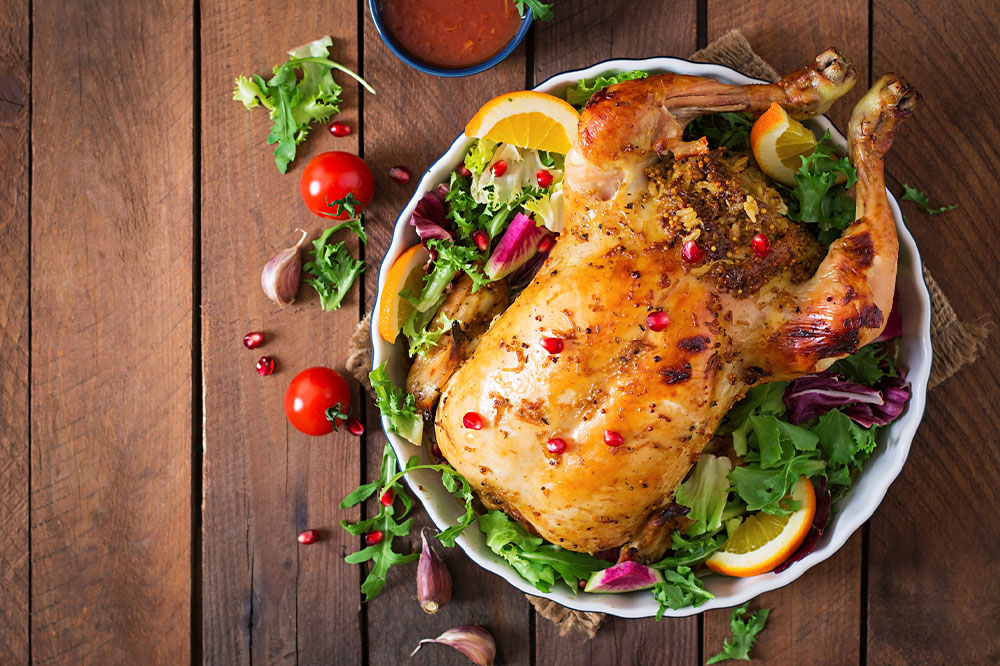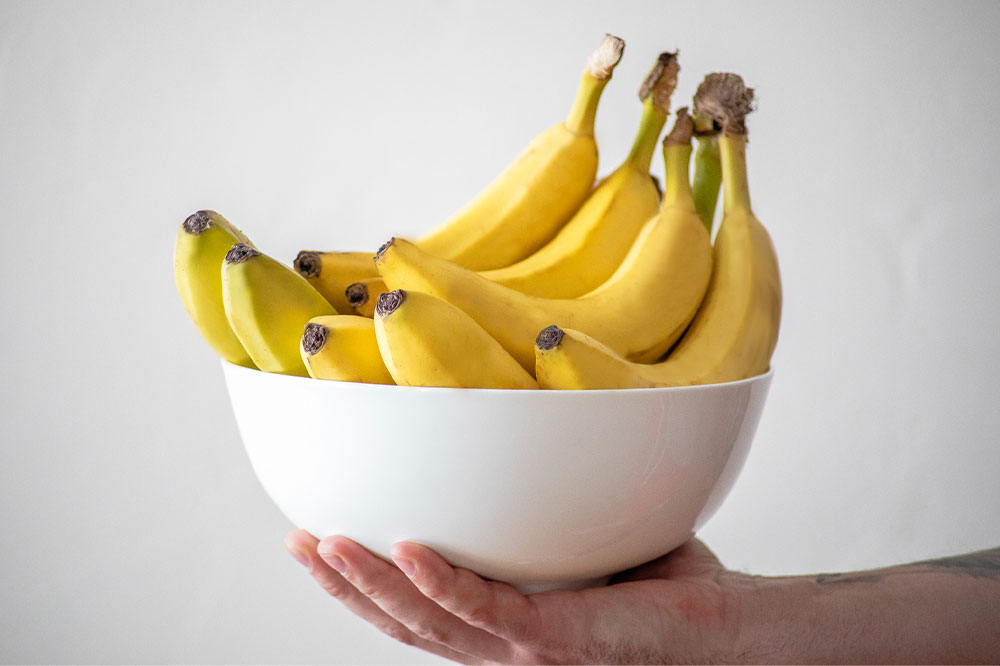
10 Human Foods That Are Safe for Cats to Eat
Cats are curious pets who are drawn to human food. It’s difficult not to treat them with tasty food when they want a bite. However, some human foods can be harmful to cats. They also have different nutritional needs than humans. So, pet parents must know which human foods are safe for cats and which to avoid. Here are some tasty human foods for cats and the best-wet cat food brands for your pet friend. Best human foods for cats Fish Salmon, mackerel, and other fish are rich sources of omega-3 fatty acids and protein. They make for excellent cat treats and food. These oily fish are good for your furry friend’s brain, joints, and eyesight. Cats can eat some raw foods, but salmon and other fish should be thoroughly cooked before serving. Also, chop them into small pieces to avoid choking. Spinach Spinach contains many vitamins and minerals like A, C, and K, as well as iron and calcium. Spinach is used in various cat foods due to its multiple health benefits. It is a well-liked, nutritious cat treat option, but it is best not to give it to cats with kidney or urinary problems. Whole grains Whole or unrefined grains are an excellent source of nutrition for cats.
Read More 